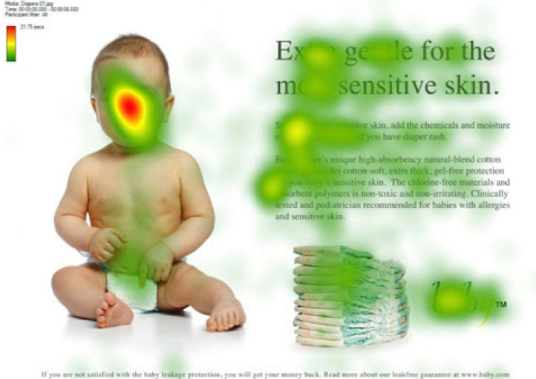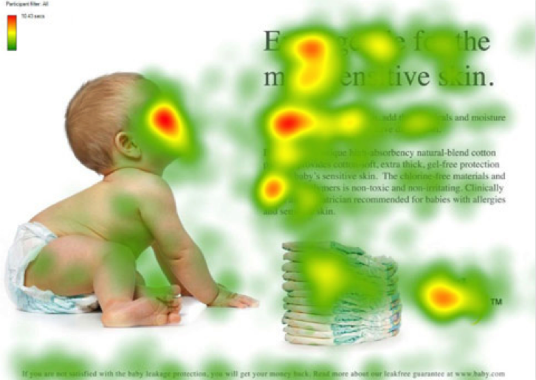As digital marketers, the term “conversion” is relevant to everything we do. Conversion rate is one of the most important prerequisites against which our services are judged, and in our strategies, we think constantly about how the work completed equates to business-driven objectives. This equally applies to the way in which we think about design.
Of course, design and conversion share an important relationship; an enticing image is often the first port of call when we as consumers purchase goods, but the psychology of how clever imagery affects conversion is a concept that is commonly overlooked.
Tracking the Eye
An important example of this concept is the suggestive power of the eye. It is simply a part of human nature that we look to follow the gaze of a visual representation of an eye – human or otherwise. For that reason, the subject of the gaze becomes as important as the owner of the eyes in question. From a simplistic standpoint, examine this image of a capuchin monkey.
The tilt and eye positioning of the capuchin’s head act to force readers and viewers to look at the banana in his hands.
From a far more professional standpoint, we can explore these heat-mapped images of babies used for promotional material. In this image, we can see that most of the heat is tracked to the baby’s face. As readers, we are automatically drawn to the cute face of the baby, ultimately resulting in the text accompanying the image being thoroughly overlooked and the message of the material being lost.
In the second image, however, the baby’s gaze is focused intently on the accompanying text, and the heat mapping has responded as one might expect, with the text receiving much of the attention from the reader’s eye.
Innovative Thinking
Of course, the eye-positioning example is only one of infinite possibilities available to designers looking to factor conversion rate optimisation into their work. The real message of this blog, is that the thought process in design should stretch beyond the simple aesthetic value of the imagery. As with all strategic marketing techniques, the desired result of the design work should be at the foreground of the planning process, guiding the designer to the end product. Successful conversion-centric design is dependent upon a clever, well-considered approach to design with a robust understanding of the eventual desired outcomes.
At StrategiQ, we think differently about design and always work with an in-depth understanding of the importance and psychology of conversion-based design. To find out how StrategiQ can help with your design needs, get in touch today.



